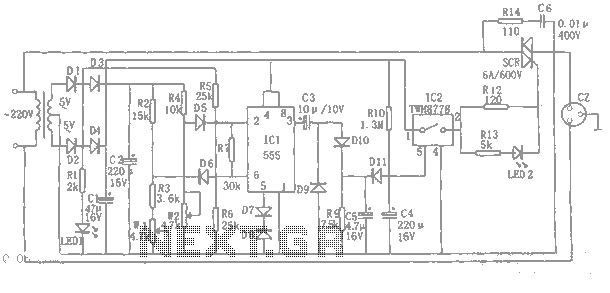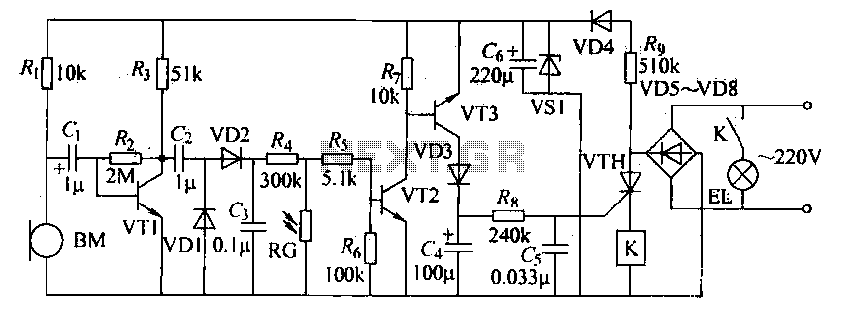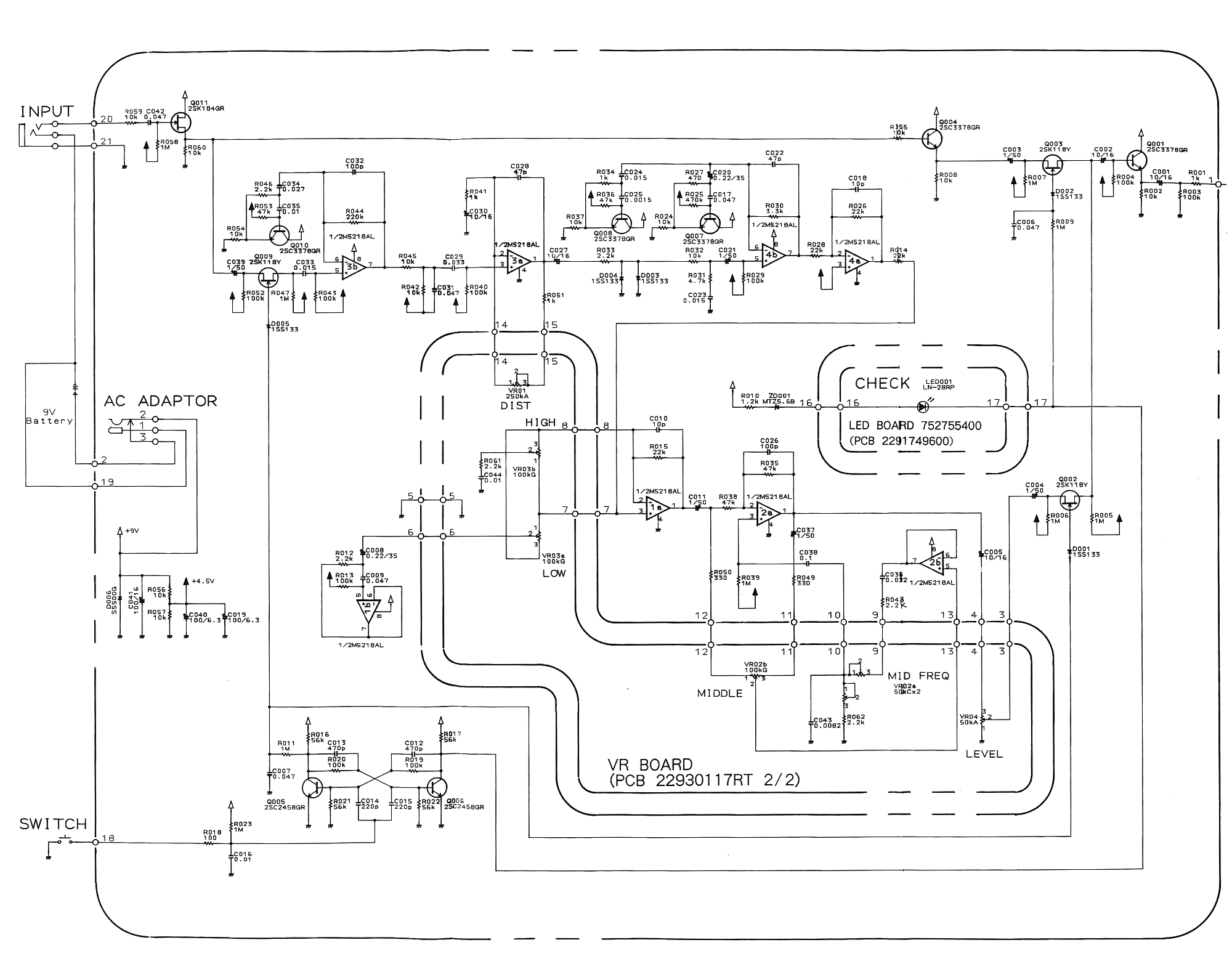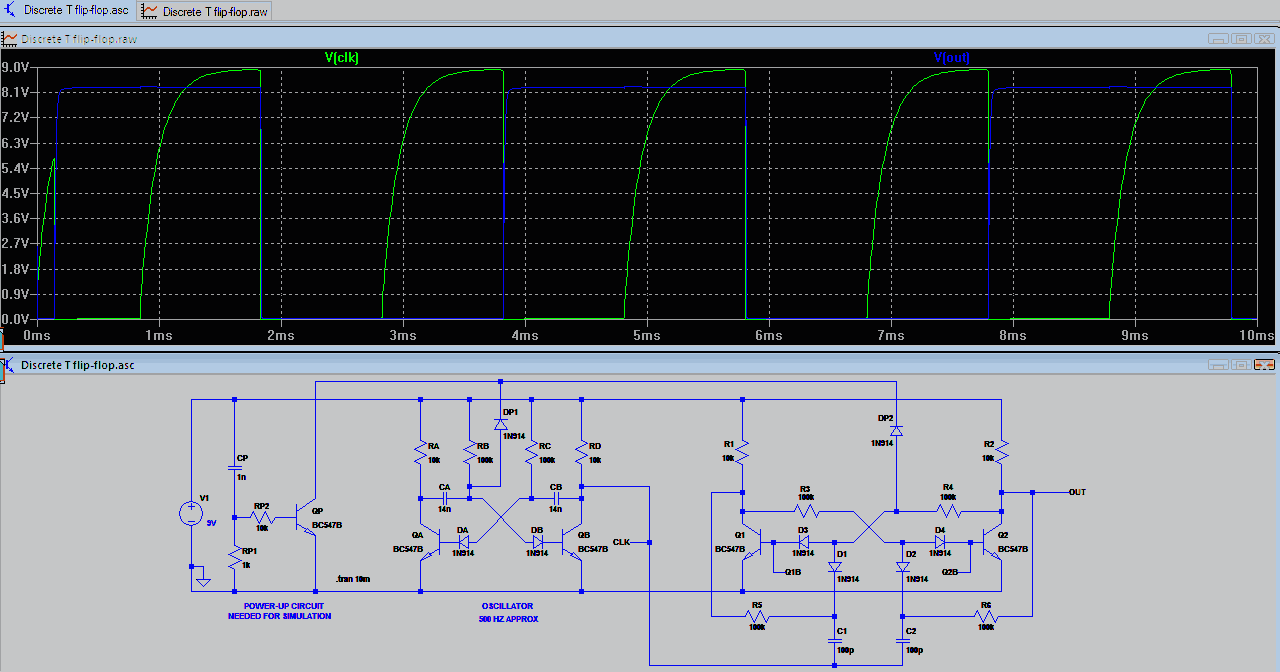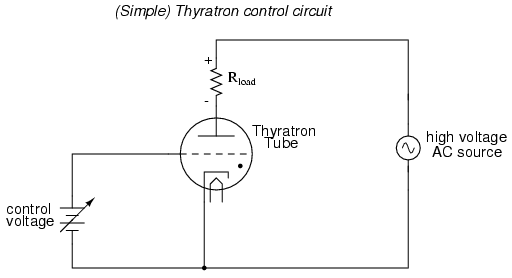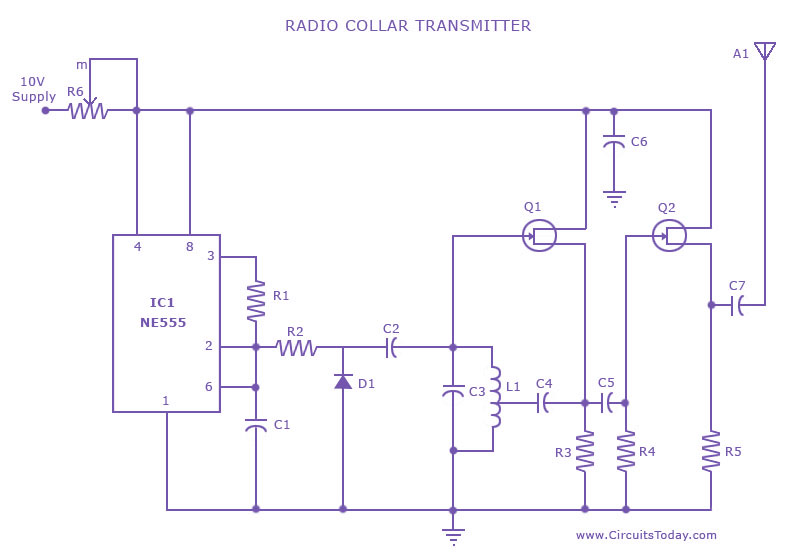
portable microphone preamplifier circuit schematic
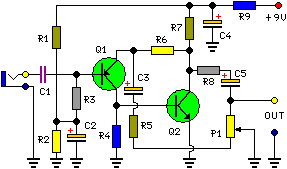
This circuit is primarily designed to provide a microphone input for standard home stereo amplifiers. Utilizing a battery supply effectively eliminates the risk of low-frequency hum interference from mains power, simplifying the connection to the amplifier by removing the need for a mains cable and power supply. When using a stereo microphone, the circuit must be duplicated, and it is preferable to use two independent level controls instead of a single dual-ganged stereo potentiometer. The circuit operates with a low current draw of approximately 2mA, which contributes to an extended battery life.
The circuit comprises several essential components that enable its functionality. The microphone input stage typically includes a preamplifier, which boosts the weak audio signal from the microphone to a more manageable level for further processing. This preamplifier can be implemented using operational amplifiers (op-amps) configured in a non-inverting configuration to maintain a high input impedance and low output impedance.
For stereo applications, two identical preamplifier circuits are required, each connected to its respective microphone input. Each preamplifier stage should include a gain control mechanism, which can be achieved through variable resistors or potentiometers. This allows for independent adjustment of the audio levels from each microphone, ensuring optimal balance and sound quality.
The output of the preamplifiers feeds into a coupling capacitor, which blocks any DC offset while allowing the AC audio signal to pass through to the amplifier input. The choice of capacitor value is crucial; it should be large enough to avoid significant attenuation of low-frequency signals while maintaining a compact design.
Additionally, a bypass capacitor may be included across the power supply lines to filter out any noise and ensure stable operation of the circuit. The entire assembly can be housed in a compact enclosure, with attention paid to grounding and shielding to minimize interference from external sources.
Overall, this circuit design provides a practical solution for integrating microphone inputs into home stereo systems, offering flexibility, ease of use, and enhanced audio performance while maintaining low power consumption for prolonged battery life.This circuit is mainly intended to provide common home stereo amplifiers with a microphone input. The battery supply is a good compromise: in this manner the input circuit is free from mains low frequency hum pick-up and connection to the amplifier is more simple, due to the absence of mains cable and power supply. Using a stereo microphone the circuit must be doubled. In this case, two separate level controls are better than a dual-ganged stereo potentiometer. Low current drawing (about 2mA) ensures a long battery life.. 🔗 External reference
The circuit comprises several essential components that enable its functionality. The microphone input stage typically includes a preamplifier, which boosts the weak audio signal from the microphone to a more manageable level for further processing. This preamplifier can be implemented using operational amplifiers (op-amps) configured in a non-inverting configuration to maintain a high input impedance and low output impedance.
For stereo applications, two identical preamplifier circuits are required, each connected to its respective microphone input. Each preamplifier stage should include a gain control mechanism, which can be achieved through variable resistors or potentiometers. This allows for independent adjustment of the audio levels from each microphone, ensuring optimal balance and sound quality.
The output of the preamplifiers feeds into a coupling capacitor, which blocks any DC offset while allowing the AC audio signal to pass through to the amplifier input. The choice of capacitor value is crucial; it should be large enough to avoid significant attenuation of low-frequency signals while maintaining a compact design.
Additionally, a bypass capacitor may be included across the power supply lines to filter out any noise and ensure stable operation of the circuit. The entire assembly can be housed in a compact enclosure, with attention paid to grounding and shielding to minimize interference from external sources.
Overall, this circuit design provides a practical solution for integrating microphone inputs into home stereo systems, offering flexibility, ease of use, and enhanced audio performance while maintaining low power consumption for prolonged battery life.This circuit is mainly intended to provide common home stereo amplifiers with a microphone input. The battery supply is a good compromise: in this manner the input circuit is free from mains low frequency hum pick-up and connection to the amplifier is more simple, due to the absence of mains cable and power supply. Using a stereo microphone the circuit must be doubled. In this case, two separate level controls are better than a dual-ganged stereo potentiometer. Low current drawing (about 2mA) ensures a long battery life.. 🔗 External reference
